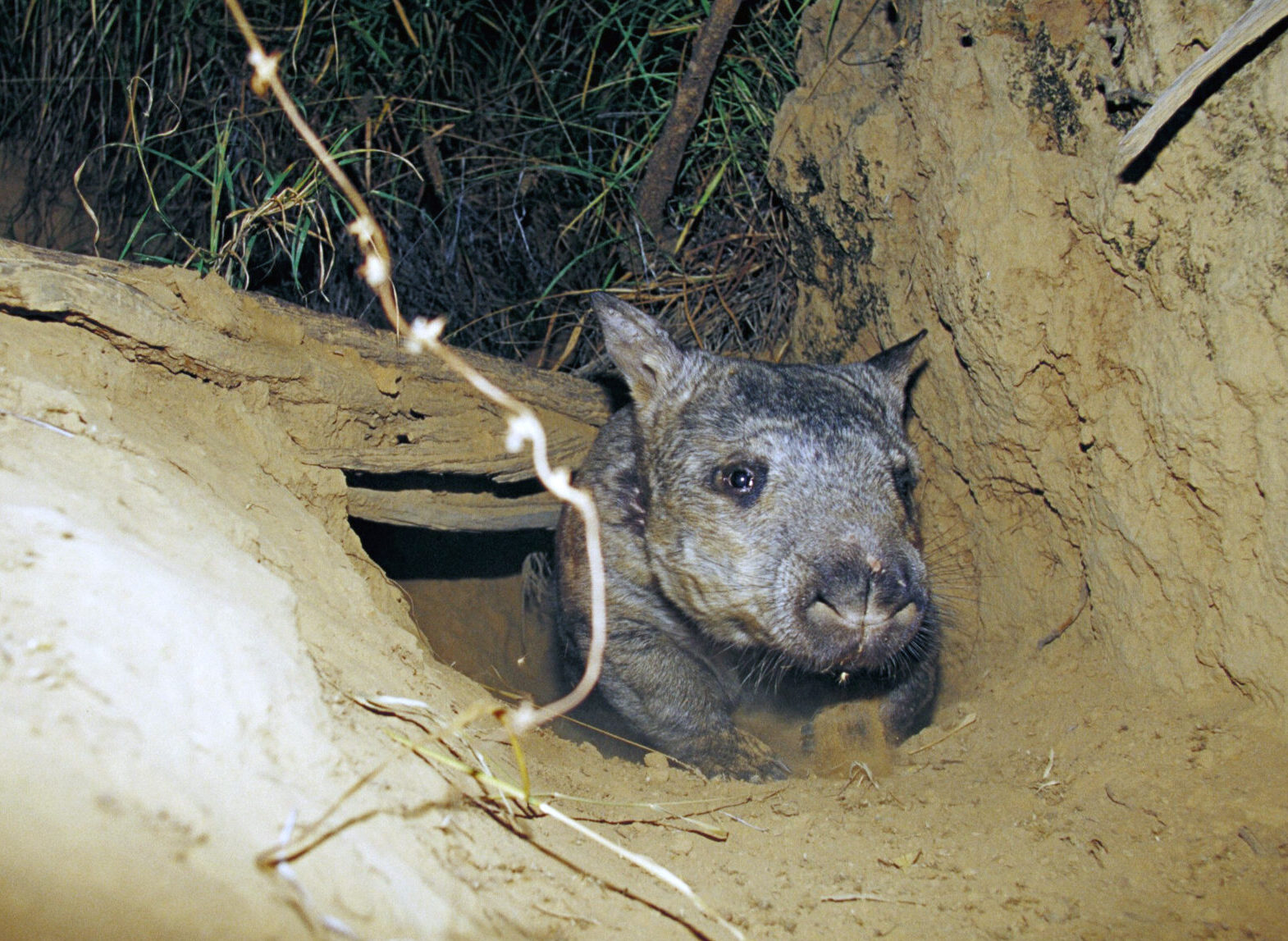| Common name | Inland taipan |
| Scientific name | Oxyuranus microlepidotus |
| Type | Reptile |
| Diet | Small to medium-sized mammals, particularly native rats and mice |
| Average lifespan | Captive snakes can live 10 to 15 years, so the potential life span in the wild is assumed to be similar |
| Size | Adults are mostly seen at no more than 1.6m in length, although it’s thought the species can attain a maximum length of more than 2.5m |
This reptile is regularly labelled the snake with the world’s most toxic venom. That claim was first based on experiments with rodents in the 1970s when the venom from one bite was found to be capable of killing a quarter of a million mice.
That “world’s most venomous snake” label still holds true today, but the inland taipan can’t be considered the most deadly snake because, fortunately, there has been no recorded human death caused by the species. The reason why is undoubtedly because it’s rarely encountered by people: having a very remote and limited distribution, it’s restricted to the far south-west corner of Queensland and far north-east of South Australia.

Out in this very remote, semi-arid environment the inland taipan hunts across the cracking clays and loamy soils of the outback floodplains of the Channel country. Its fortunes are strongly linked to those of the long-haired rat (Rattus villosissimus), a native Australian rodent found in the same habitat. In good times, after rains, numbers of the rat boom, which creates plenty of prey for the taipan and, as a result, its numbers also rise. In times of extended drought, numbers of both species fall.
Most snakes that kill using venom will strike their prey then move away to avoid being injured as they wait for their victim to die. But the potent venom of the inland taipan is so fast-acting that it can afford to hang on to its prey after striking it.

Inland taipans are daytime predators that mostly hunt in the cool of the early morning – a behavioural adaptation to their extreme environment. When conditions become too hot these snakes head underground where they shelter in the burrows of digging mammals. The olive-brown colour of the inland taipan darkens in the winter and is lighter in colour in the summer. It’s another adaptation to the environmental extremes of where the species lives: the dark winter colour absorbs more heat from the sun, when temperatures are cooler and the lighter colour in summer tends to reflect, rather than absorb solar energy.









